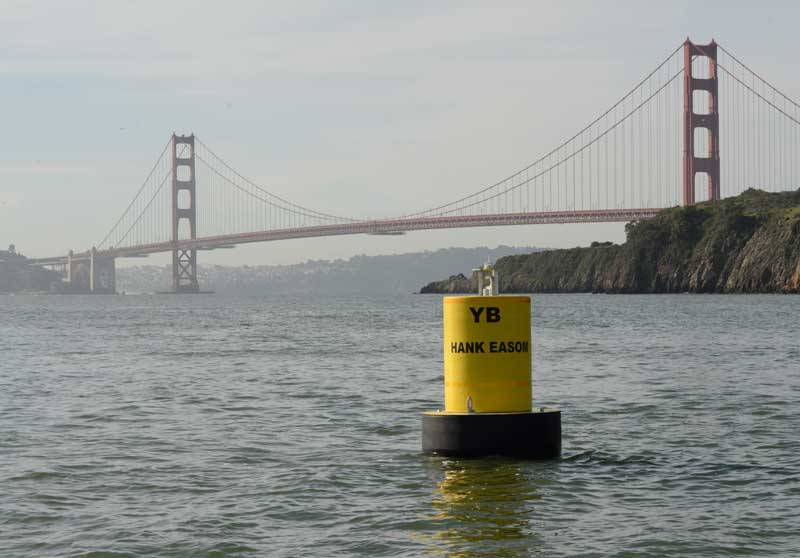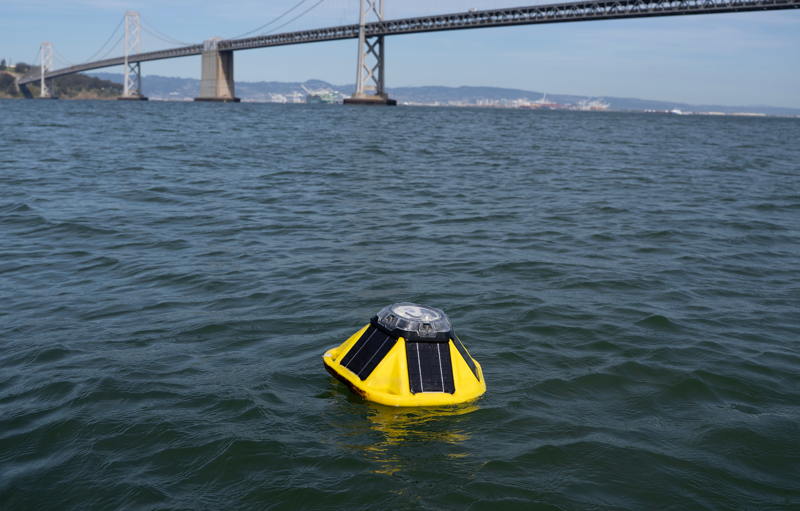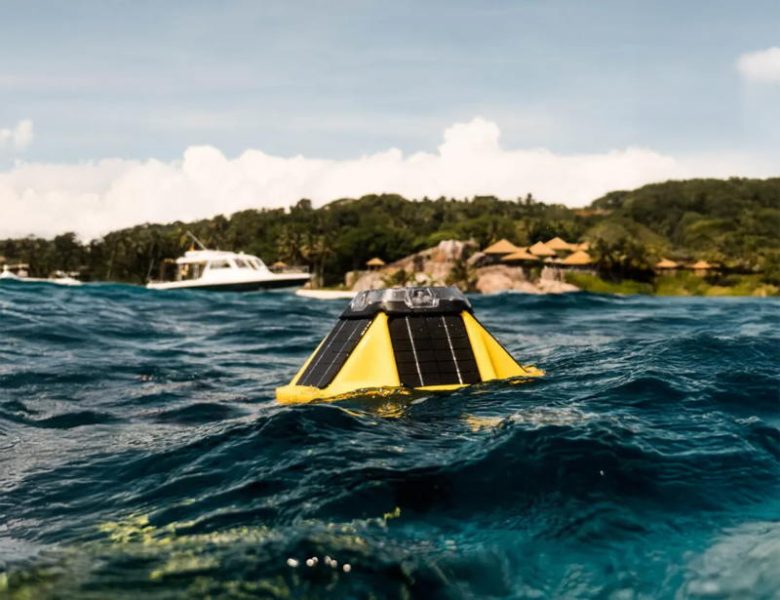
S.F. Blue Tech and Sofar Ocean Drop Data
This is not Yellow Bluff. The yellow buoys being scattered around the Bay and the world are real and will add to the information available to sailors and ocean adventurers everywhere.

As cited in E&E News, a proposal from the White House Office of Management and Budget seeks to drastically reorganize NOAA and plunder most of its climate research programs in fiscal 2026, with a possible budget reduction of 28% from $4.8 billion in 2025 to $3.46 billion in 2026. The goal is to break up and end NOAA’s climate work by abolishing its primary research office, then directing the agency to help boost US fossil fuel production. What’s to blame? It could be climate science.
The conservative policy blueprint Project 2025 lists the Office of Oceanic and Atmospheric Research (OAR) to be a “source of much of NOAA’s climate alarmism,” and therefore calls for elements of its work to be dissolved — from ocean observing and monitoring, as well as atmosphere, climate and weather research, to studies tracking toxic algae bloom and hurricanes. The Sea Grant program, a partner to 34 universities, is also slated for extinction.
NOAA produces and provides myriad essential services and voluminous data on which sailing, boating, fishing and shipping communities rely. Given this prognosis, can private industry fill the void?

Some signs point to yes, with one example being Sofar Ocean. This San Francisco firm is building the world’s largest privately owned network of ocean sensors, then sharing the data with private, academic and public audiences. Daily, via the Spotter platform, more than 1.5 million real-time inputs on wind/wave/current conditions, plus water and surface air temperature, are logged. Invited to testify before the House Committee on Science, Space and Technology on blue-economy technologies, Sofar CEO Tim Janssen said, “The ocean data gap presents a major economic and strategic opportunity for the United States. And we are at an inflection point. [To] lead, strong public-private partnerships are key, and continued commitment and support for basic research through organizations like NOAA and others are essential.” He asserts the US needs strong public-private partnerships to accelerate the blue economy, and emphasized that continued collaboration among industry, government, and research is essential to bolster national security and protect coastal communities and infrastructure.

Yellow and roughly the size of a basketball, Spotters are deployed in hundreds of locations, and the count is growing; three can been seen from waterfront walkways along S.F. Bay. Data logged here is contributing to the Port of San Francisco’s new Waterfront Resiliency Program. For periodic testing, Sofar drops Spotters into the Pacific Ocean a few miles off the coast of Half Moon Bay and Ocean Beach.
Check other drop spots and see what’s happening in the ocean via their global real-time marine weather forecasting dashboard. Baja Ha-Ha, Transpac, California Offshore Week, and San Diego to Puerto Vallarta cruisers and racers will have hyper-local info available that may give them a leg up on course plotting. By assimilating observations gathered from this global network, Sofar claims its hyper-local forecasts are up to 50% more accurate than traditional models.
Interested in observing Spotter at work? View a buoy-in-Bay drop with live data tracking this Friday, April 25. S.F. Blue Tech is hosting a Blue Cruise on Just Dreaming, a 63-ft historic motor yacht that operates out of Pier 40. Info and register here.

Interesting, as a temporary fill-in, until we unite to get the DOGEs out of existence. However, I do not ever want to be dependent on for-profit industry for basic aeronautical or weather data. I’ll happily pay my taxes to support a fully funded NOAA.
Thanks for this ! Yes- I want NOAA back, but this looks like a great substitute until there are sane people in the US government again